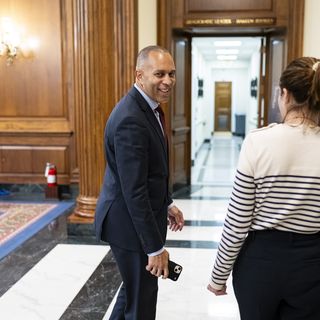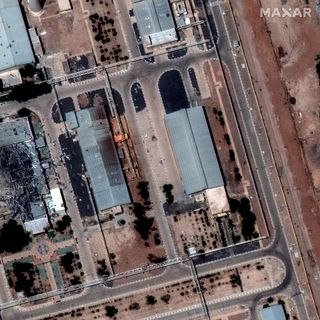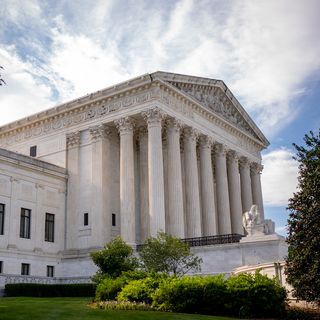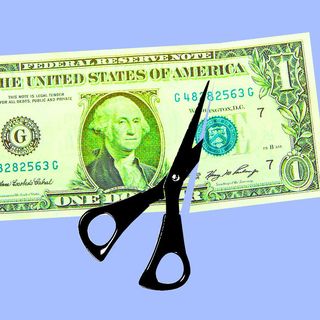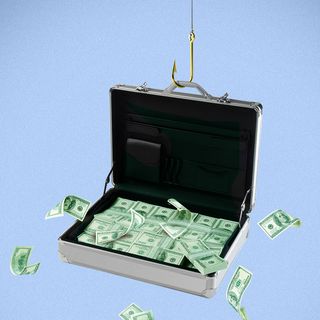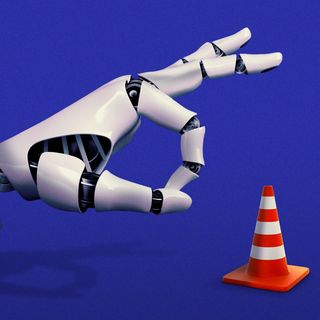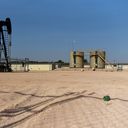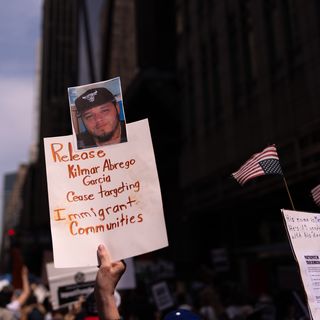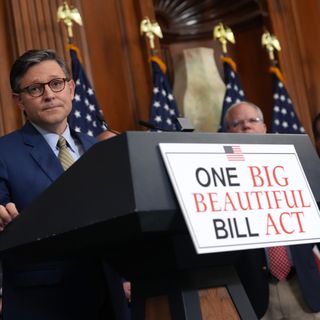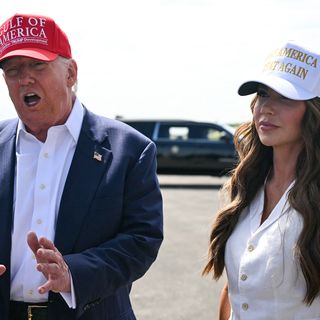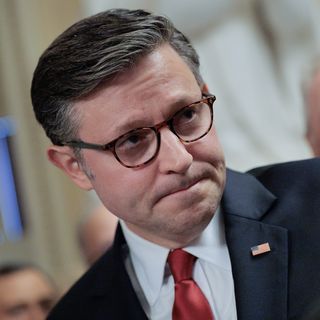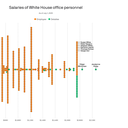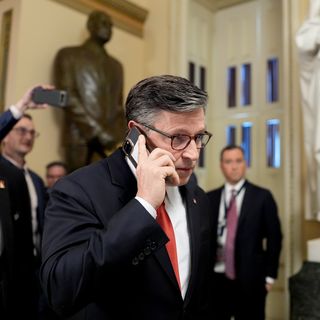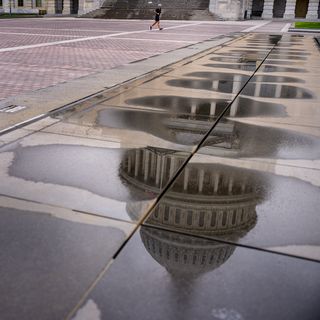Economic uncertainty casts shadow over June's solid jobs report
The American labor market keeps hanging on, even as signs of weakness crop up.
Why it matters: Hiring is solid, defying expectations that the worrisome macroeconomic backdrop — huge uncertainty about trade, immigration, and the fiscal outlook — would keep more employers on the sidelines.
- But Thursday's Bureau of Labor Statistics report stops well short of giving an "all-clear" for the economy.
- Beyond the headline, labor supply is dwindling and demand for workers is narrowing. These issues could plague the labor market in the months ahead.
By the numbers: Employment increased by 147,000 last month, surpassing the gain of 115,000 jobs forecasters anticipated. The unemployment rate edged down a tick to 4.1%.
- The government revised up payroll figures for April and May, noting that employment in the prior two months was higher by a combined 16,000 than initially forecast.
- The report showed that 80.7% of the prime-age population — those aged 25-54 — was employed, just 0.2 percentage point shy of the peak seen in this economic cycle.
Zoom in: Conditions look less cheery beneath the surface. The private sector added just 74,000 jobs in June, almost half as many as the previous month.
- Jobs growth was overwhelmingly concentrated in state and local government, with less impressive gains in the most cyclical sectors — that is, those most exposed to the weakening economy.
- State and local government added 73,000 jobs, offsetting the continued declines in federal government (-7,000) from DOGE-related layoffs. The other big gainer was health care, which added 39,000 jobs.
- While the number of unemployed Americans fell, the labor force also continued to shrink for the second consecutive month, helping keep downward pressure on the unemployment rate. Another 130,000 workers exited the workforce in June.
What they're saying: "There are real weaknesses in the market — including concentrated job gains, slowing wage growth, and falling participation — that have persisted for months, and there are scant signs of those concerns fading anytime soon," Indeed economist Cory Stahle wrote Thursday morning.
The big picture: Stahle compared the current labor market to a sturdy tent, but one that is "increasingly held up by fewer poles."
- Among those poles are structural forces, including a shortage of workers from America's aging population and the immigration crackdown.
- There is also an "ongoing reluctance among employers so far" to layoff workers in masse, a scarring effect of the pandemic when it was impossible to find and train staff.
Yes, but: There are profound economic changes underway that look set to supersede those factors; the adoption of AI is already shifting employers' hiring plans.
- President Trump is ending the era of free trade, making it more costly for businesses to get goods from overseas — a dynamic that will force a reckoning among companies about their other expenses, including labor.
The bottom line: "Even well-staked tents can collapse when the wind shifts hard enough," Stahle says.



